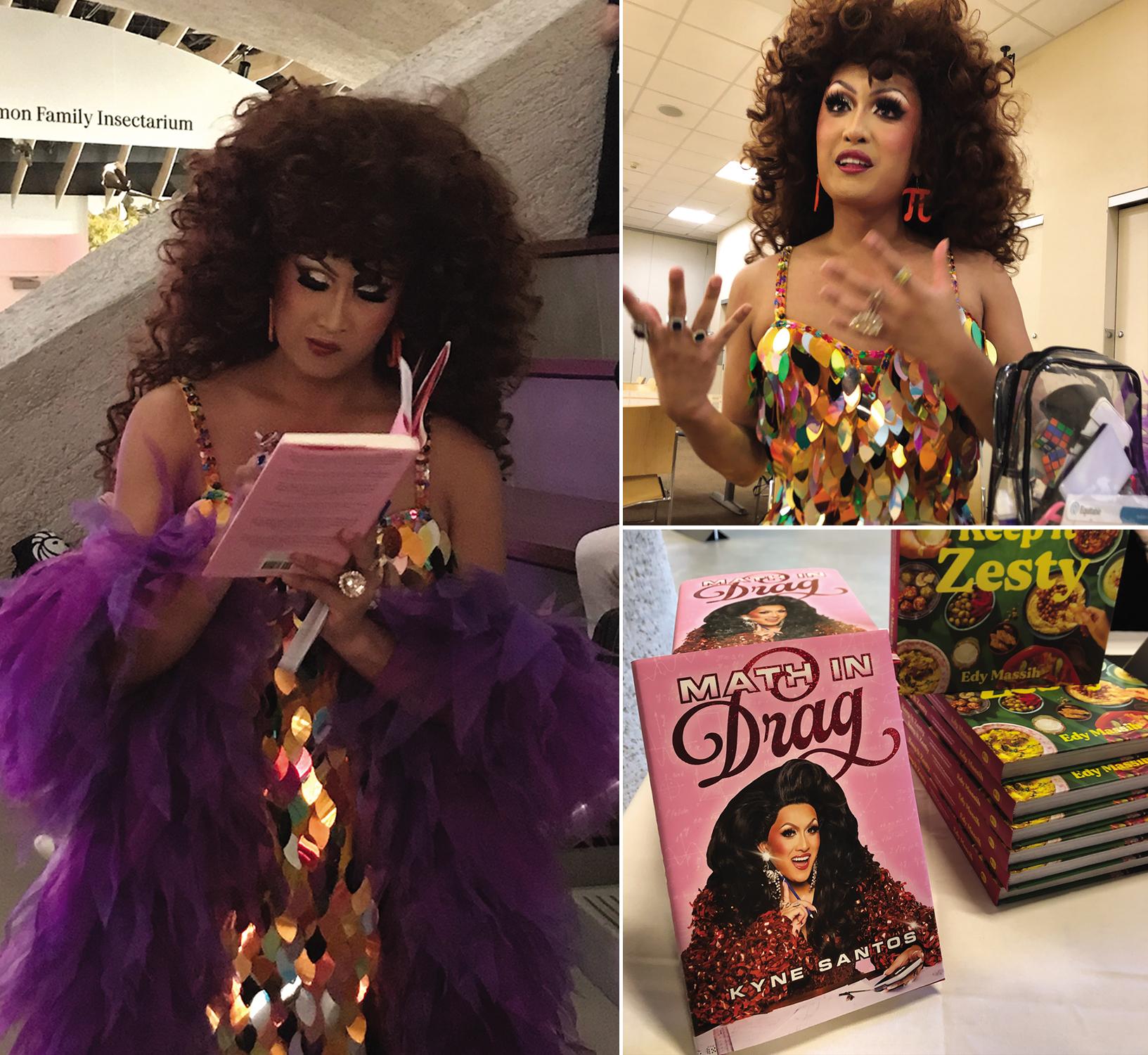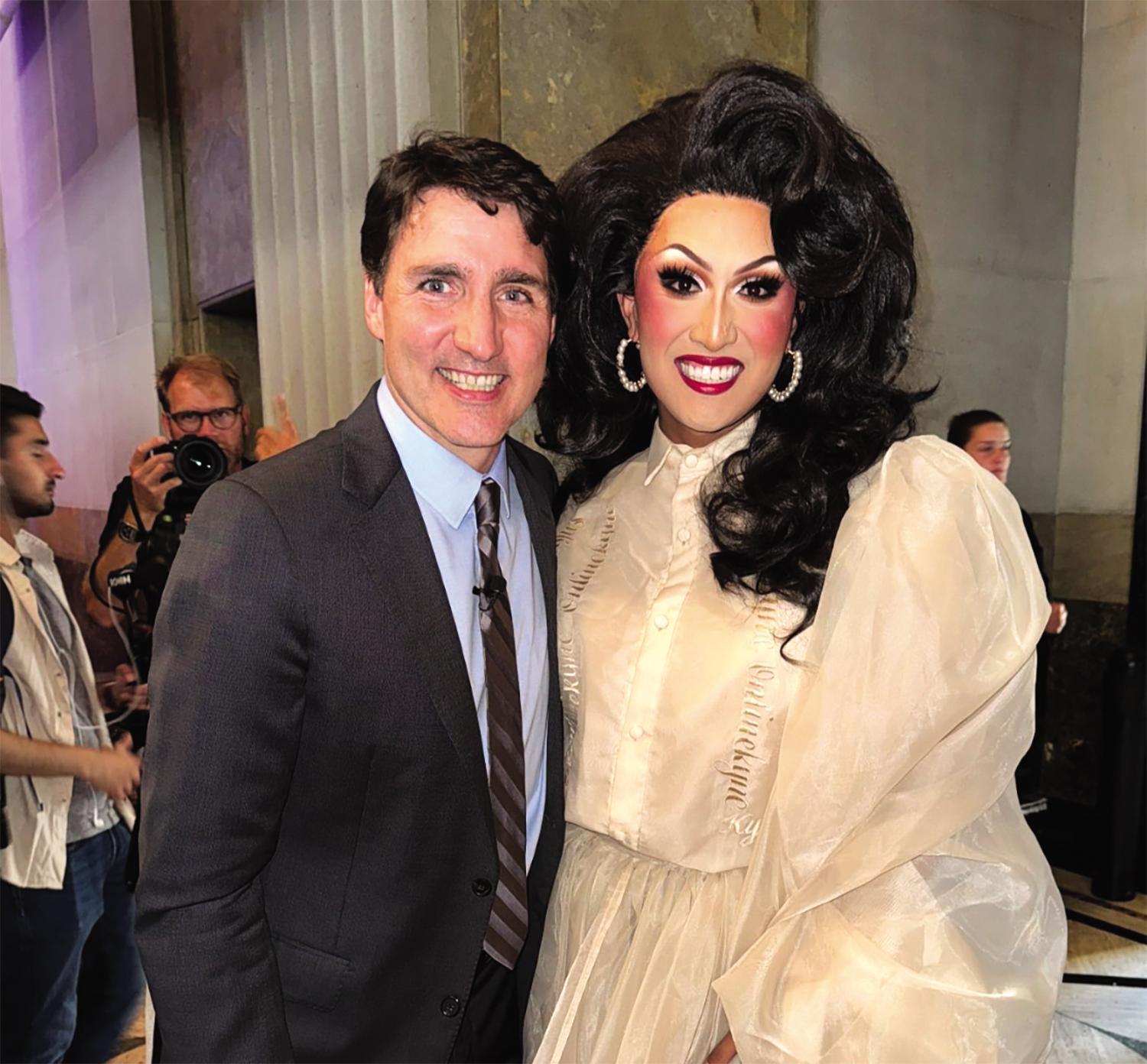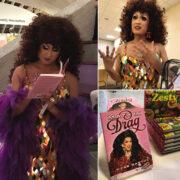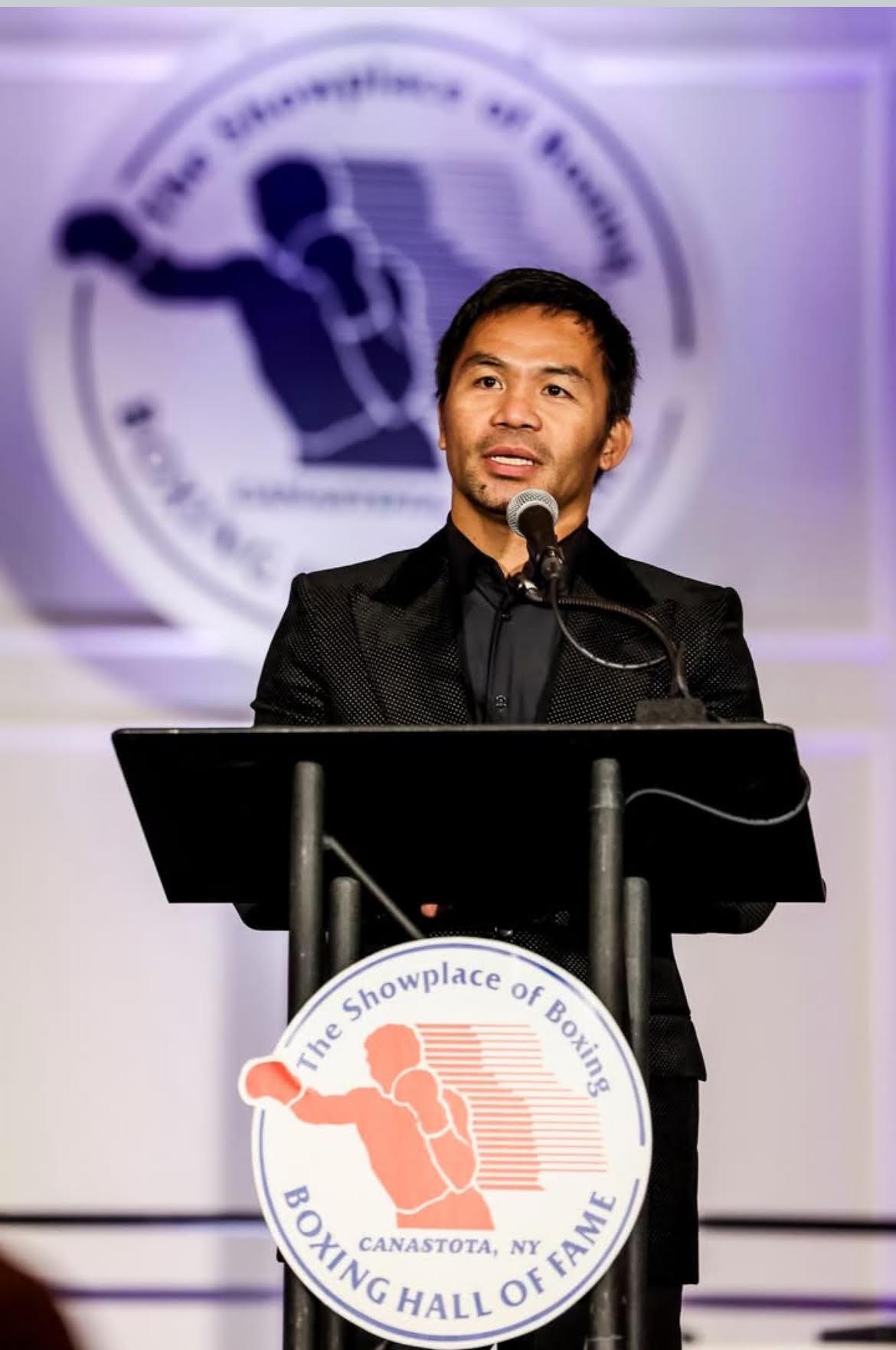One of the standout moments at the first Pride Night hosted by the American Museum of Natural History in New York was a trivia show led by Filipino Canadian drag queen and author Kyne Santos. Armed with a degree in mathematical finance, Kyne is proving that math is far more than just numbers and equations.

By blending the precision of calculus with the glamour of drag, Kyne’s innovative approach to education is both captivating and transformative. “I want to show people that math can be fun and learning doesn’t have to stop at the classroom,” she told the Asian Journal. Through her unique lens as a drag performer, Kyne is creating a new formula for success that not only entertains but also educates, redefining the boundaries of both the mathematical and drag worlds.
Discovering a love for math and drag
Kyne (he/him when not in drag) grew up practicing times tables with his engineer father and later, at the encouragement of a teacher, participating in math contests. As a student, he excelled in math, finding beauty in its creativity and problem-solving aspects. This passion was nurtured at the University of Waterloo, where he studied mathematical finance and honed his skills.
Parallel to his mathematical pursuits, Kyne discovered a love for makeup and drag in high school. While at university, he began posting videos explaining math riddles while dressed in drag. By 2020, Kyne had made his mark on the drag scene by appearing on the first season of “Canada’s Drag Race,” showcasing her talent to a broader audience.
The fusion of Kyne’s two passions happened somewhat serendipitously. During the early days of the pandemic, he began posting educational math videos on TikTok under the handle @onlinekyne. “I started posting videos on TikTok just because I thought it would be funny to see a drag queen talking about math riddles,” she recalled. To his surprise, the videos went viral, with audiences worldwide embracing his unconventional approach to math education.
Kyne realized that math and drag involve significant creativity, challenging stereotypes, and pushing boundaries through self-expression. “People usually think that math and drag are these two separate islands that have nothing to do with each other,” she explained. Her content aims to bridge this gap, demonstrating that math can be as imaginative and engaging as drag performance.
The beauty of math and drag
After her TikTok videos became viral, an editor at Johns Hopkins University Press reached out and asked if she would be interested in writing a book about math, like a book adaptation of the TikTok videos that she was doing on social media. “The book just allowed me to go more in-depth into the topics and explored these intersections between math and drag,” Santos shared.
Reflecting on this journey, Santos highlighted the challenges and triumphs he faced while writing “Math in Drag.” She noted that the process was about more than just merging two seemingly disparate fields; it was about breaking stereotypes and making math accessible and enjoyable to a broader audience. “Math and drag, they’re both controversial for different reasons,” she explained. “You know, a lot of people don’t like math, so I want to change that. I also want to change people’s opinions about drag.”
It took Santos about four years to finish the book, devoting two years to writing and rewriting. For him, the book is half math and half memoir because he talks about his life story, how he fell in love with math and with drag, and how he saw those two worlds intersecting. Each chapter explores a different subject of math whether that’s probability statistics, game theory, or calculus, but he teaches the concepts through stories of his life and anecdotes from queer history and the history of drag.
For his preferred pronouns, he wrote on the book, “I am writing as a gay man who performs in drag, and my pronouns are he/him when out of drag and she/her when I’m dressed in my full regalia. But you can call me he, she, they, it, or whatever you please.””
Cultural heritage and advocacy

Born in the Philippines and moving to Canada at the age of five, Kyne has had to reconnect with his Filipino heritage. “Growing up in Canada and being sort of away from my heritage in the Philippines, I had to take it upon myself to learn about what it meant to be Filipino,” she shared. “My parents didn’t really teach me about the history of the Philippines, and I lost even the ability to speak Tagalog.”
This journey of self-education has become central to his content, as he seeks to connect with other Filipino Canadians and Americans who might feel disconnected from their roots. Kyne often creates educational content about Filipino history, aiming to bridge the cultural gap for his audience. His efforts have made him a significant figure in representing Filipino culture in the diaspora, inspiring others to embrace and explore their heritage. “I make it a point with my videos to teach people about the history of the Philippines because so many other Filipino Canadians, Filipino Americans of my generation, we feel kind of disconnected from our heritage,” she added. “I’ve gone back to the Philippines and I filmed videos in the middle of Intramuros in a big Filipiniana and I talked about the colonization of the Philippines and all the things that I had to learn for myself.”
Coming out and inspiring the next generation
Coming from the Philippines, Santos faced significant challenges when he came out as gay. “In the beginning, when I came out of the closet, my parents were just so confused, and they had lots of questions,” she recalled. The stigma surrounding being gay in the Philippines, often viewed with disdain and disbelief in professional capabilities, compounded his struggles. “They looked down on gay people because they didn’t really think that gay people could become scientists or mathematicians,” Santos explained.
Reflecting on his younger years, Santos admitted she felt the need to hide his femininity to be respected and taken seriously in the field of mathematics. “Certainly when I was young, I didn’t think that mathematicians looked anything like this,” she said, referring to his drag persona.
However, over time, his parents witnessed the importance of his dual identity and the widespread support he garnered in Canada. “They’ve seen all of the support that I’ve been able to get in Canada, and I’m so lucky that I live in a free country where I can have the same-sex marriage and that I can live and do this as my full-time job,” she quipped.
Santos emphasized the supportive nature of the Filipino community and his desire to inspire them. “Filipinos are just so supportive, and they’re just the best fans. I just want to make them all feel represented and show them that we can succeed as Filipinos,” she expressed passionately. He aims to challenge stereotypes and demonstrate that LGBTQ individuals can excel in any field, including science and mathematics. “Gay people and all LGBTQ people, we can be scientists and mathematicians, and we can do anything we set our minds to,” Santos affirmed.
Her participation in “Canada’s Drag Race” was a milestone that provided global visibility and an opportunity to humanize and demystify drag. “Drag Race for me represented showing people the human side of drag,” she explained. “To be able to, you know, be on the show and to inspire the next generation of drag queens means a lot to me.”
Challenging math myths
Santos shared his insights on the common misconceptions about mathematics and his innovative approach to teaching it. He challenges the prevailing belief that mathematical ability is innate, asserting, “We think that you have to just, like be born good at math, that you have to be a math person and that your brain has to be wired a certain way. I really don’t believe that. I think that anybody with enough practice can be good at math.”
Drawing an analogy to music education, Santos critiques the traditional methods of teaching math. He likens it to teaching someone to play the piano by only focusing on scales without ever introducing them to the works of Mozart or Beethoven. “They wouldn’t walk away thinking I love music, and I love piano. And math is like that, too,” she explained.
Santos believes that the current emphasis on rote learning and the mechanical aspects of math fails to capture its inherent beauty. “I think we’re not really doing a good job at representing really the beauty of math and all the great theorems and the works of the mathematical versions of the Mozart’s and the Beethoven’s.”
Santos also addresses the negative impact of societal attitudes towards math. She points out that hearing adults express their disdain for the subject can be particularly damaging for children. “It’s not so helpful for kids to hear adults saying that they hate math. And that they’re not a math person. I think it’s so destructive for young people to be told you’re not a math person.” He emphasized the importance of reframing these beliefs to empower students rather than limiting them. You’re putting a limiting belief on someone and telling them there’s something they can’t do.”
Ultimately, Santos’s mission is to show that one does not have to choose between being a math person and an art person. “The whole purpose of what I do is I want to show people that you can do anything. You can be a math person and you can be an art person. You don’t have to choose.” Through his work, Santos aims to inspire a more holistic and inclusive view of mathematics, making it accessible and appealing to a broader audience.
Looking ahead, Kyne plans to continue his education and pursue a graduate degree in mathematics. He remains committed to creating educational content, believing that teaching is a reciprocal process that enhances his understanding. “I love making educational videos. I find when I make educational videos when I teach people I also learn,” she said.
To his young Filipino followers, Kyne offers a message of hope and empowerment: “If you don’t see yourself out there, if you don’t see a path for you, you can be the one to blaze it.” His career, blending seemingly disparate fields, demonstrates the limitless possibilities that await those who dare to dream. n






